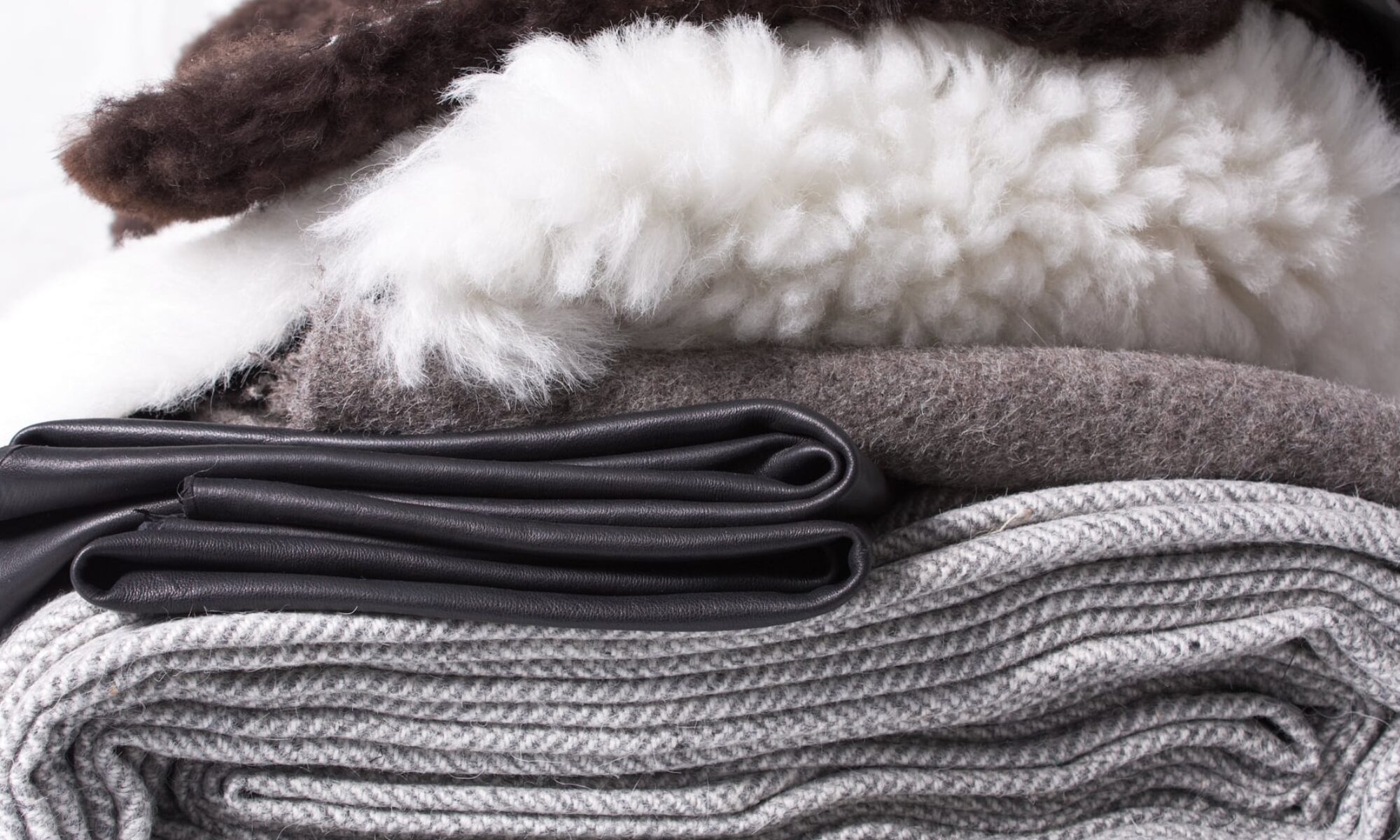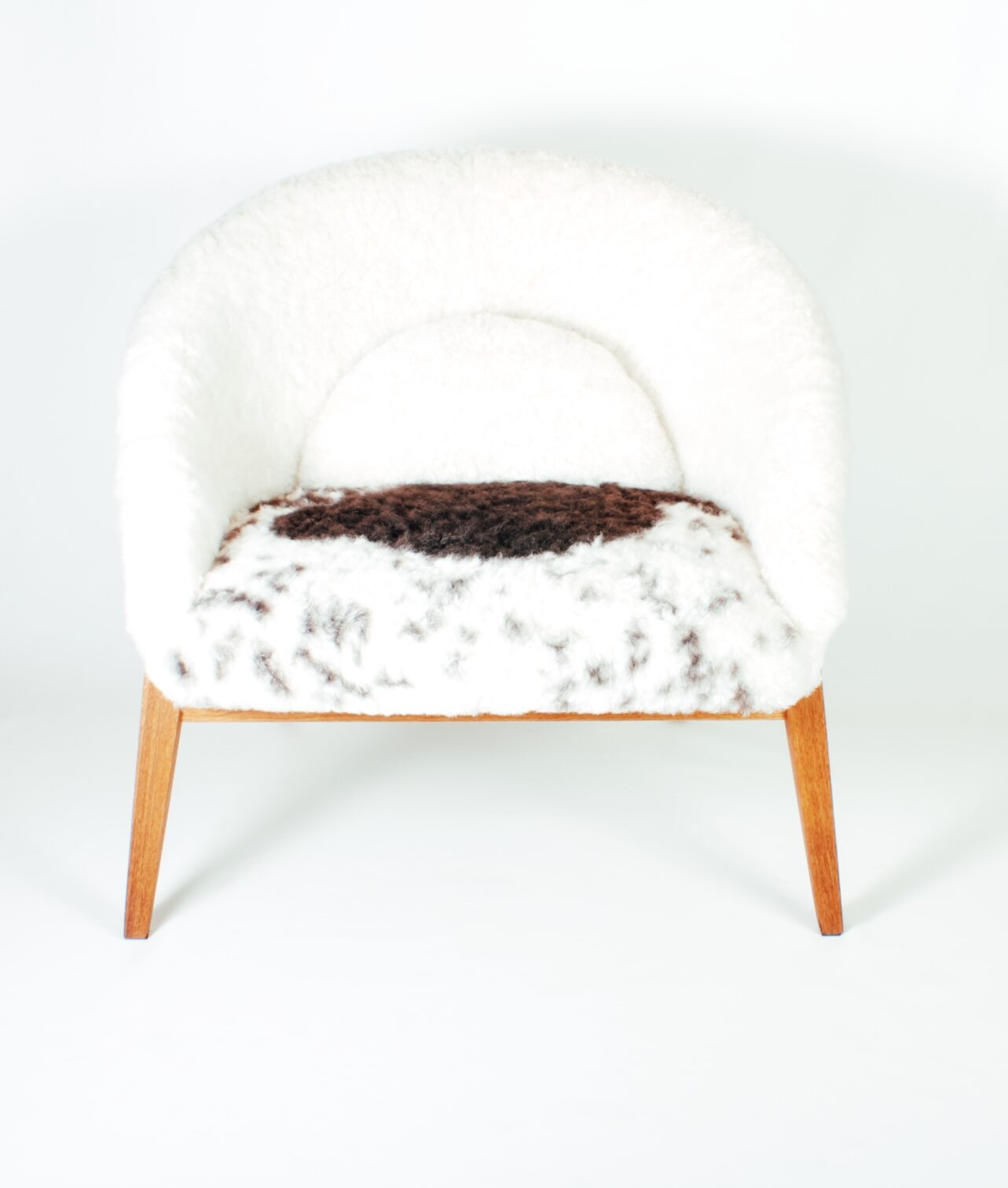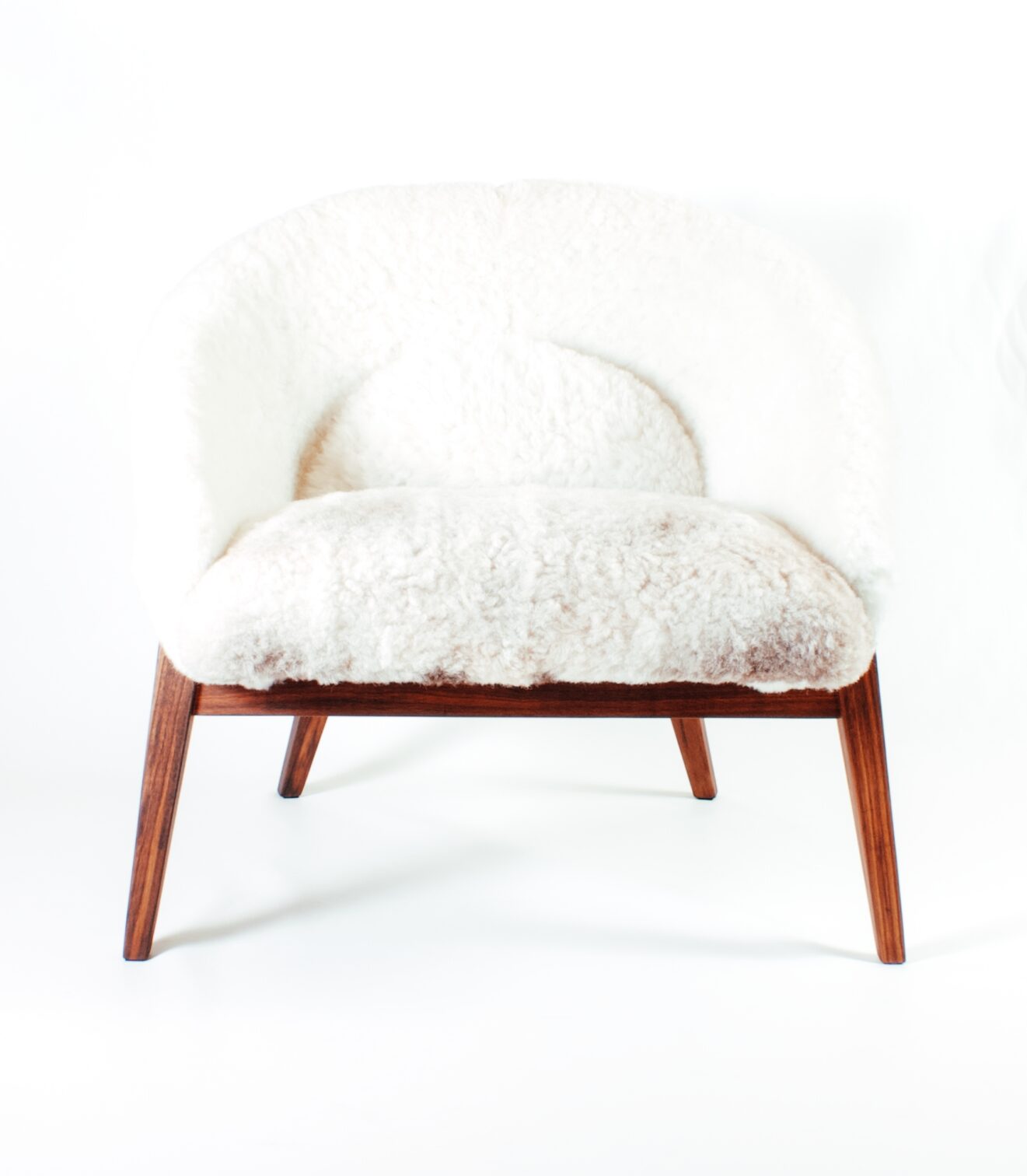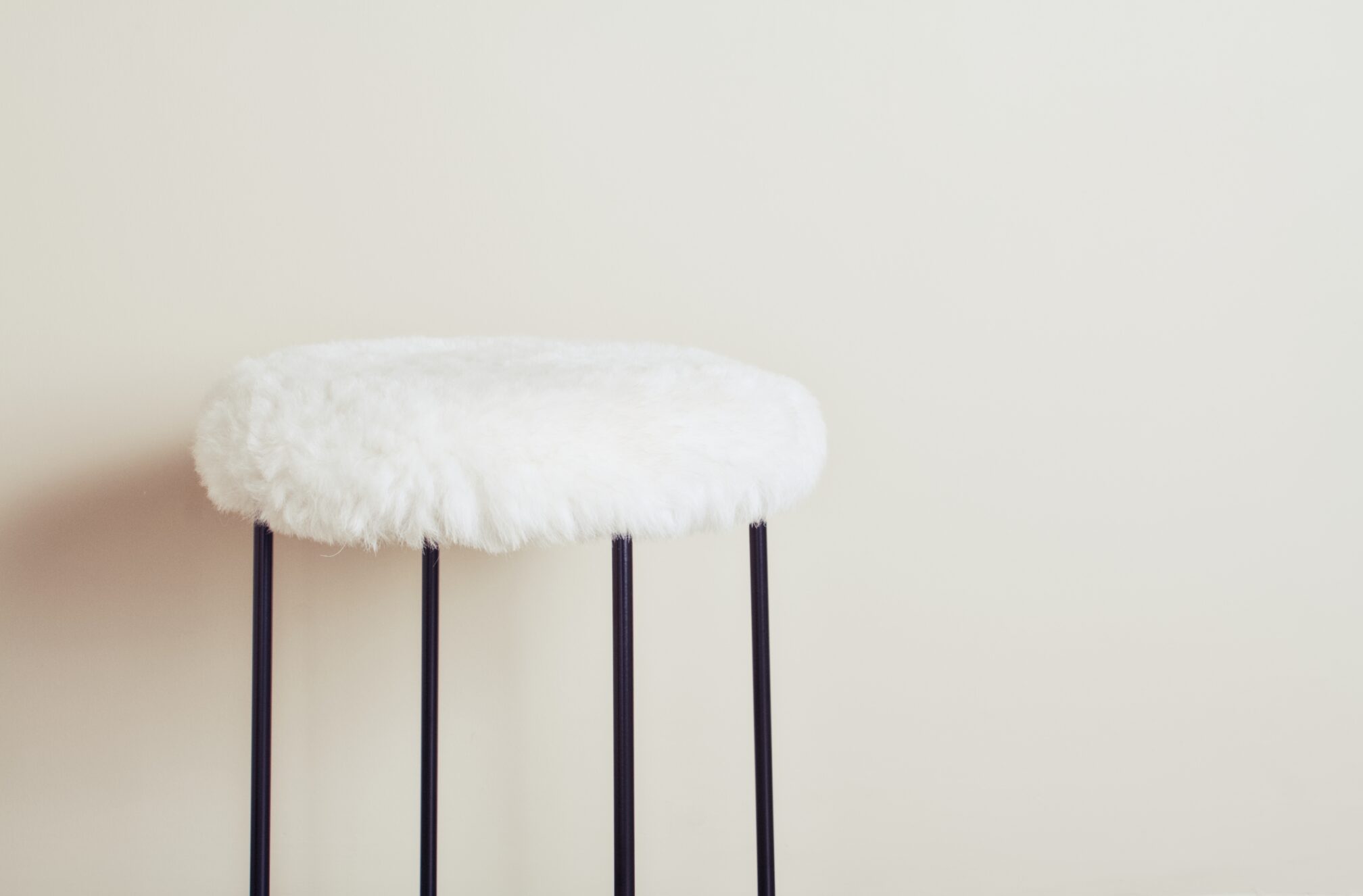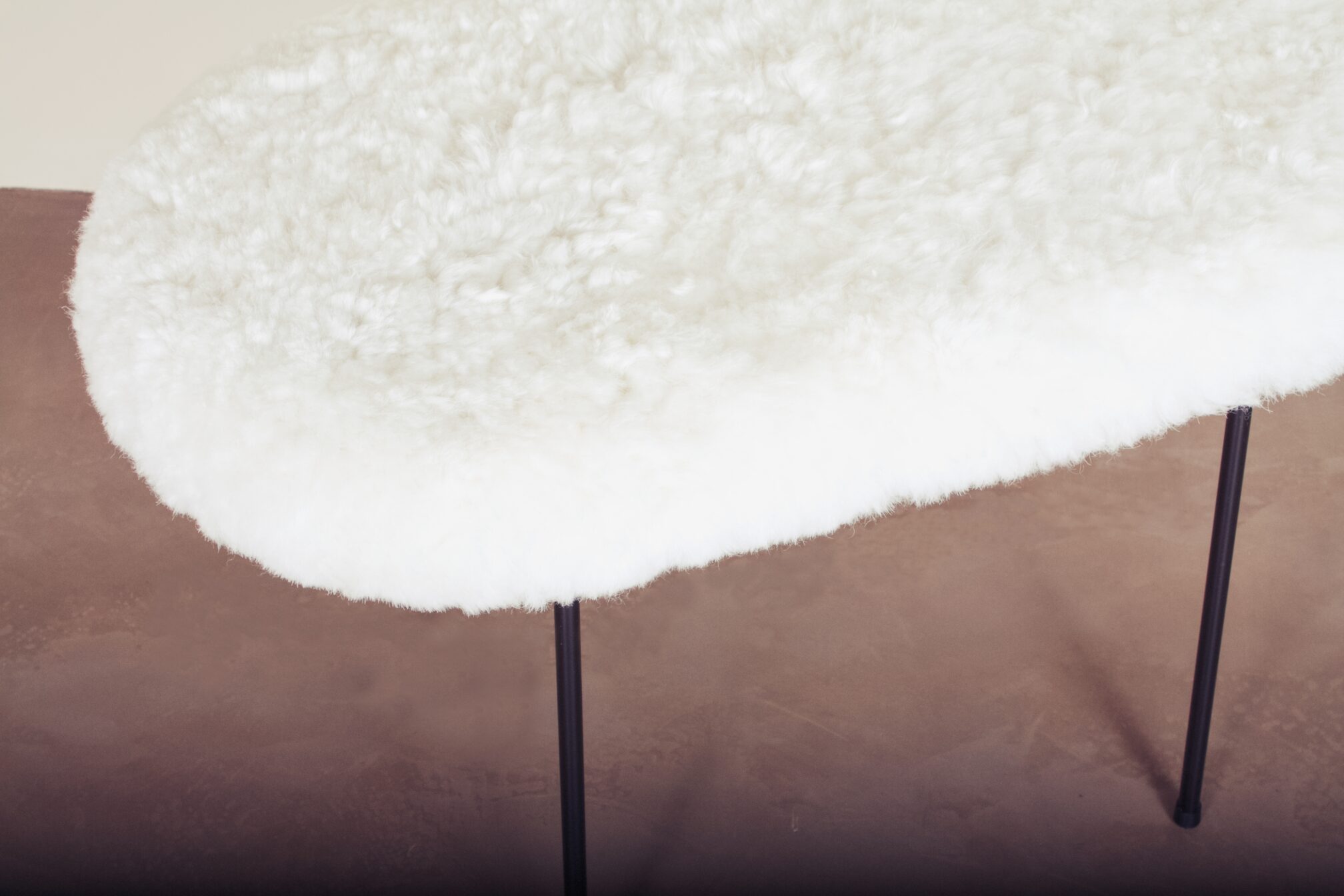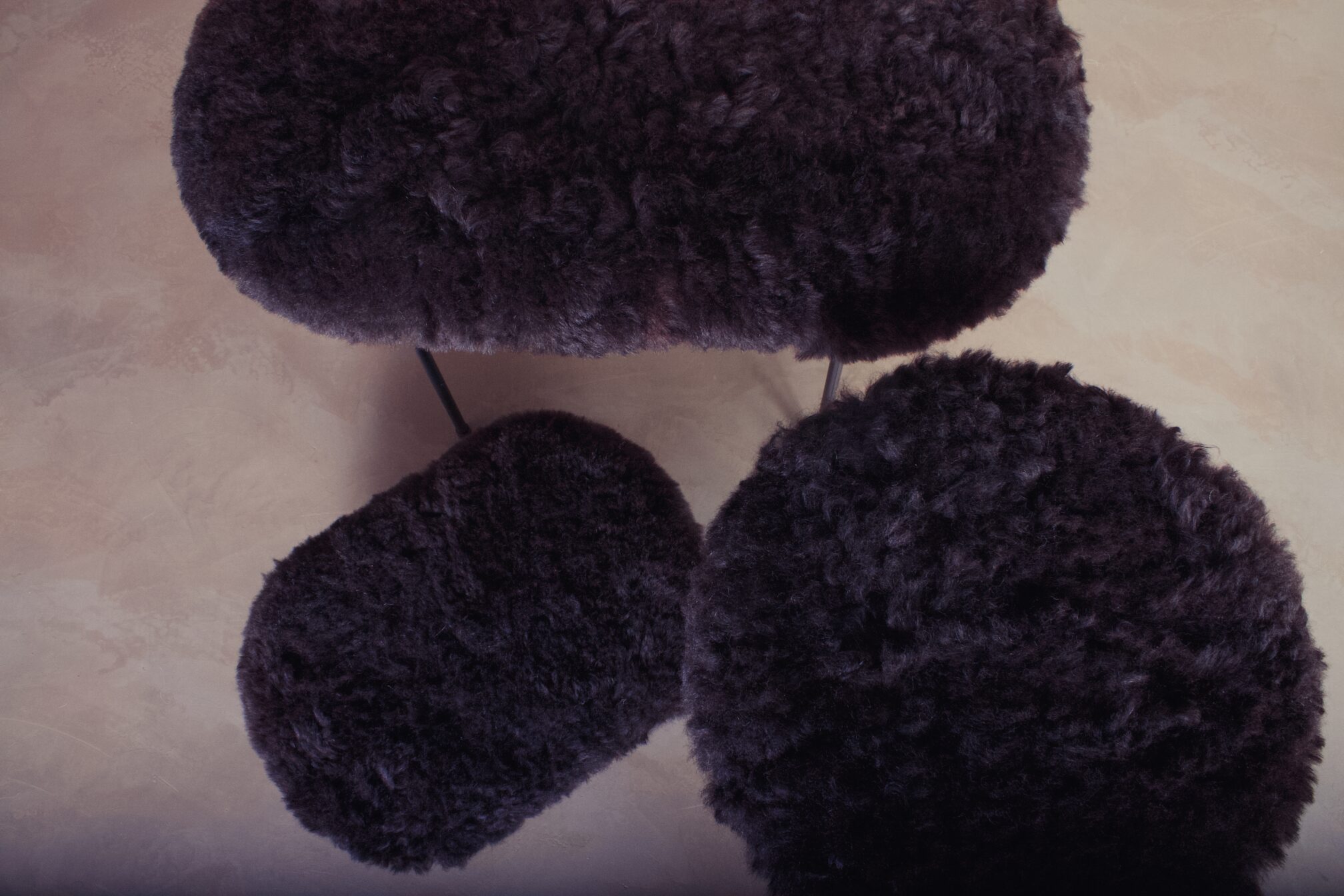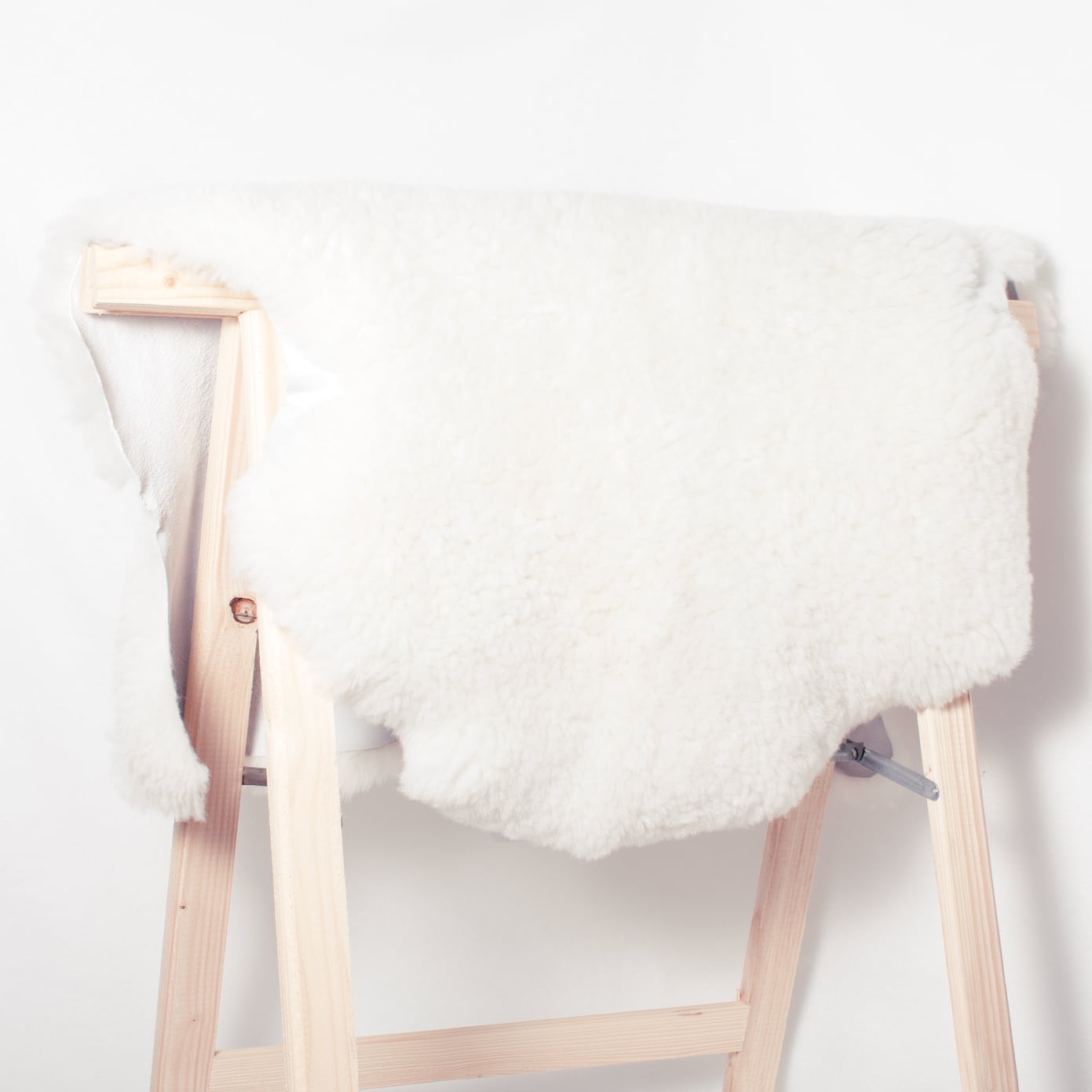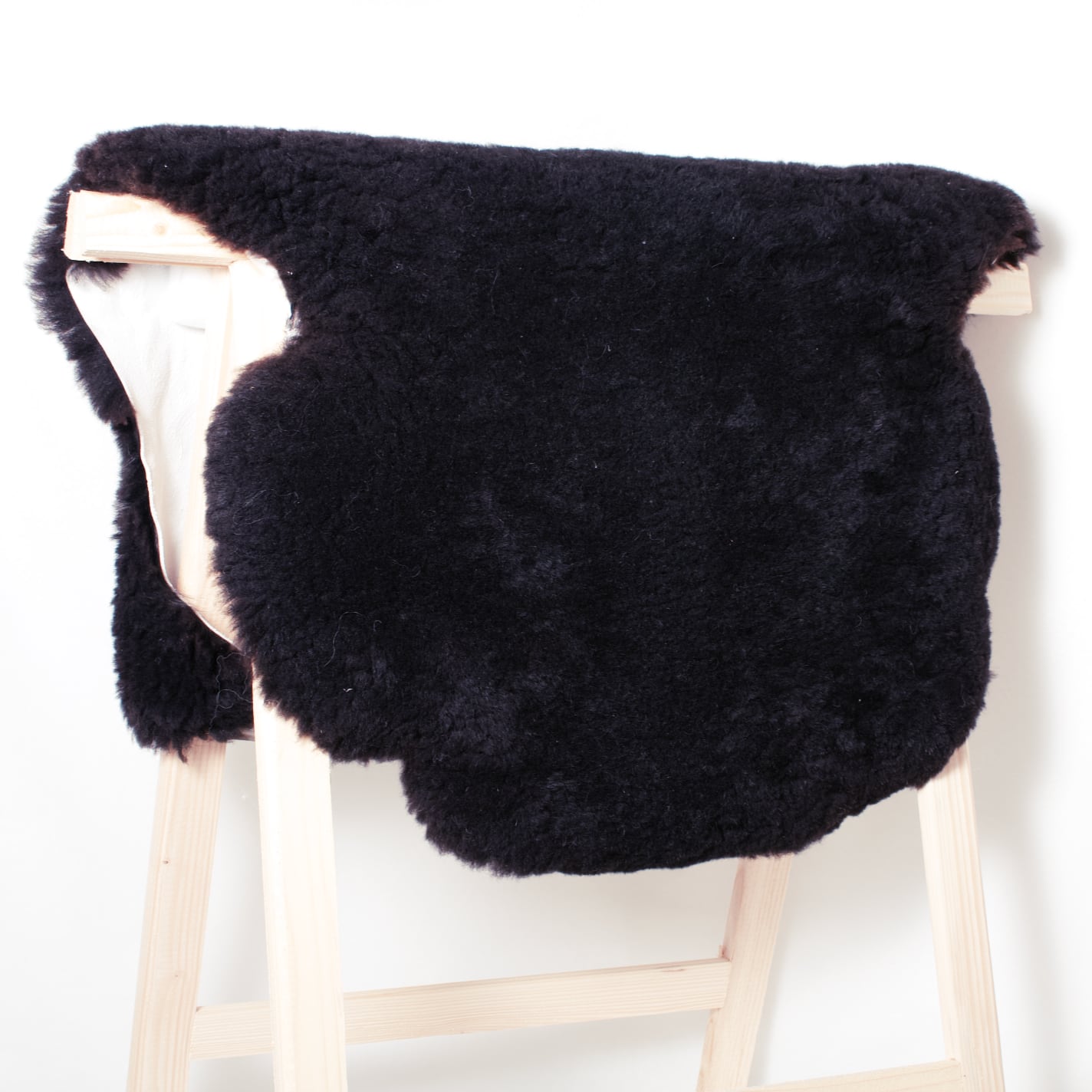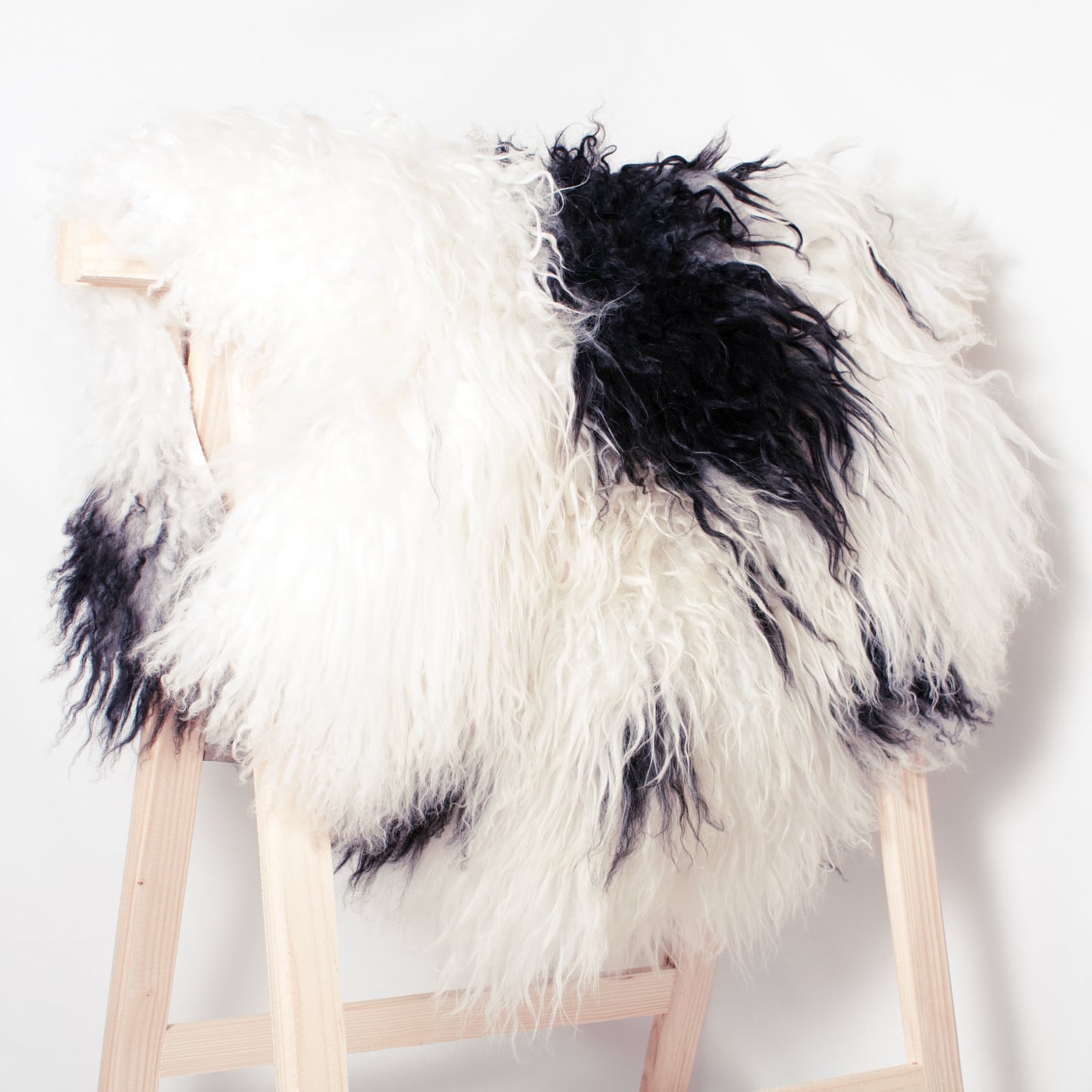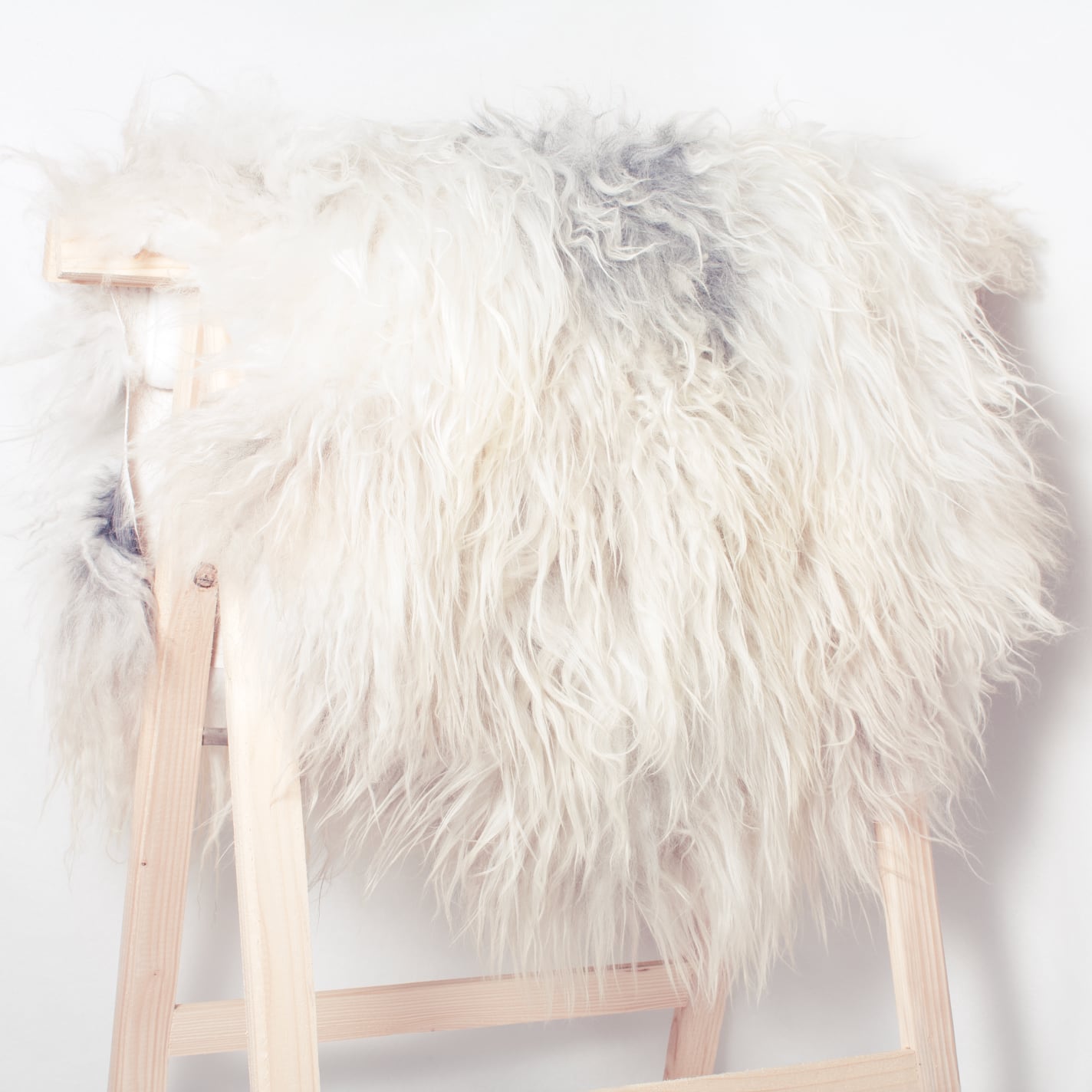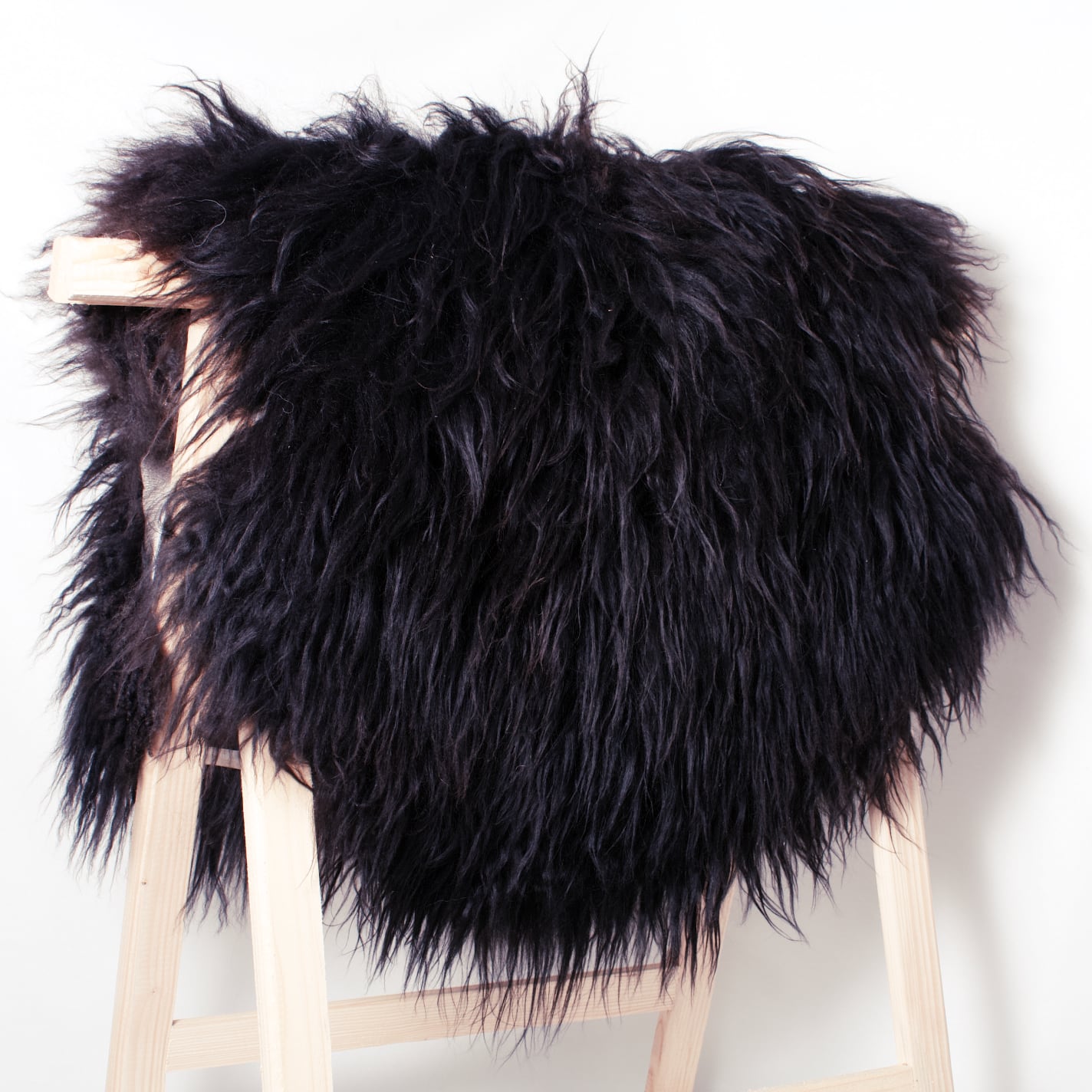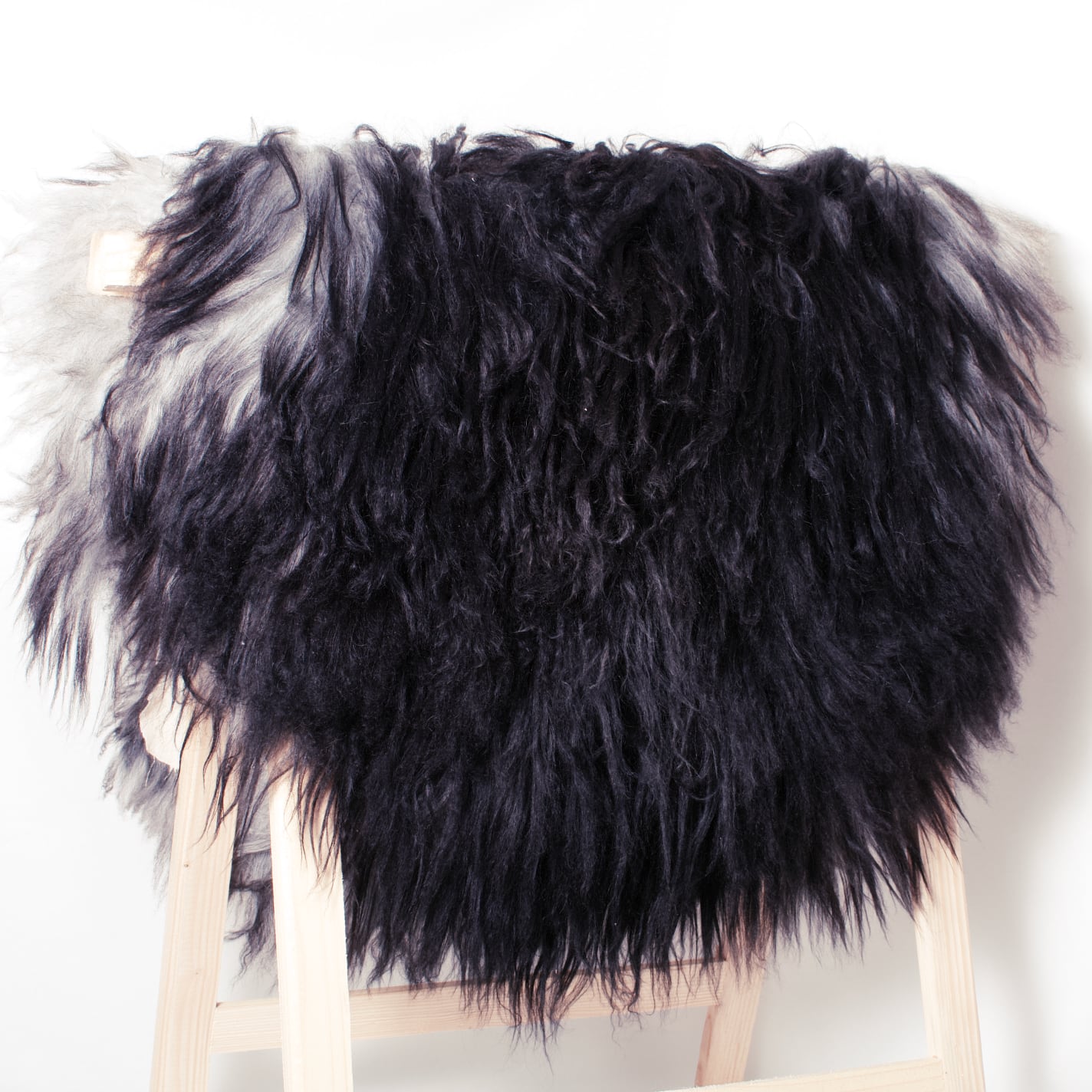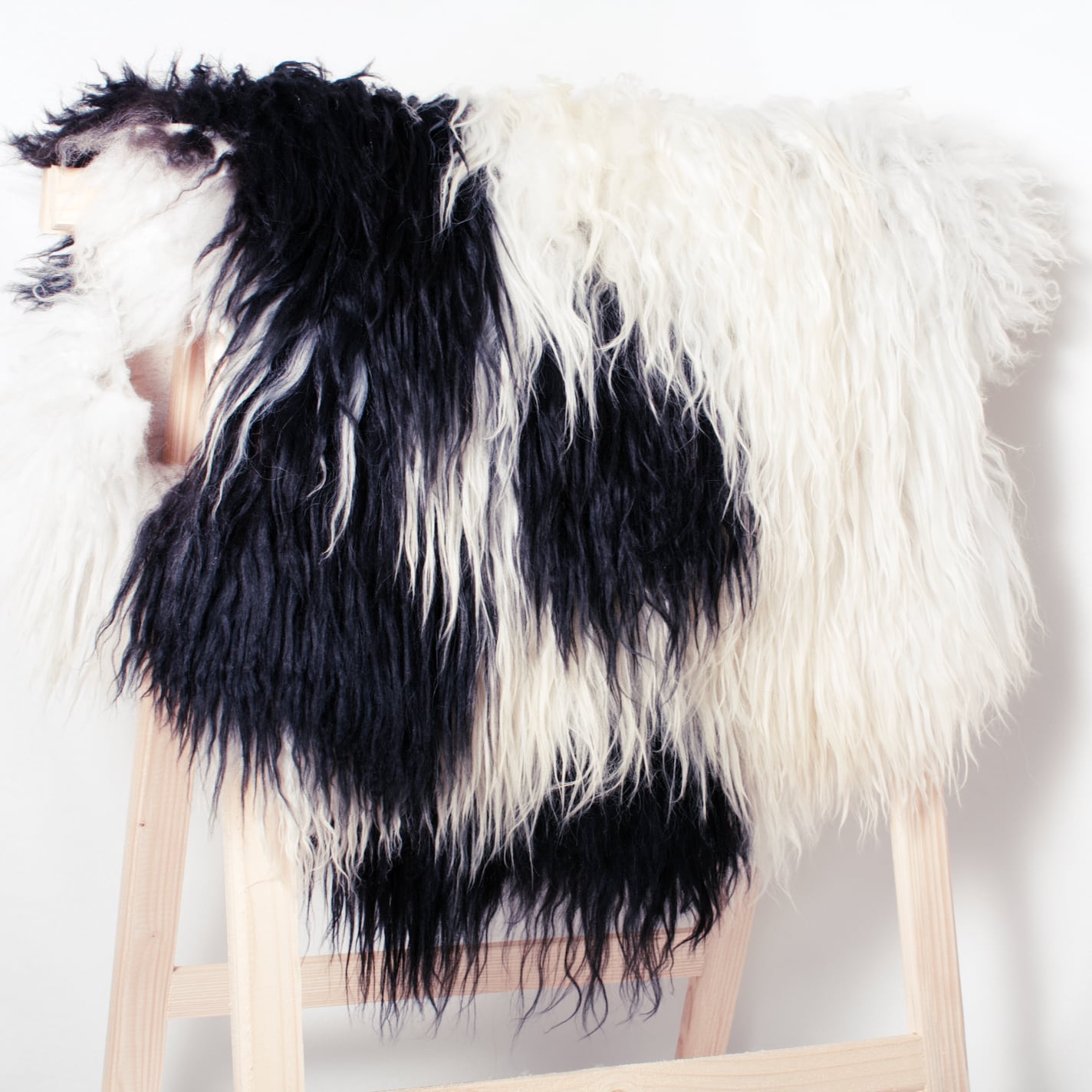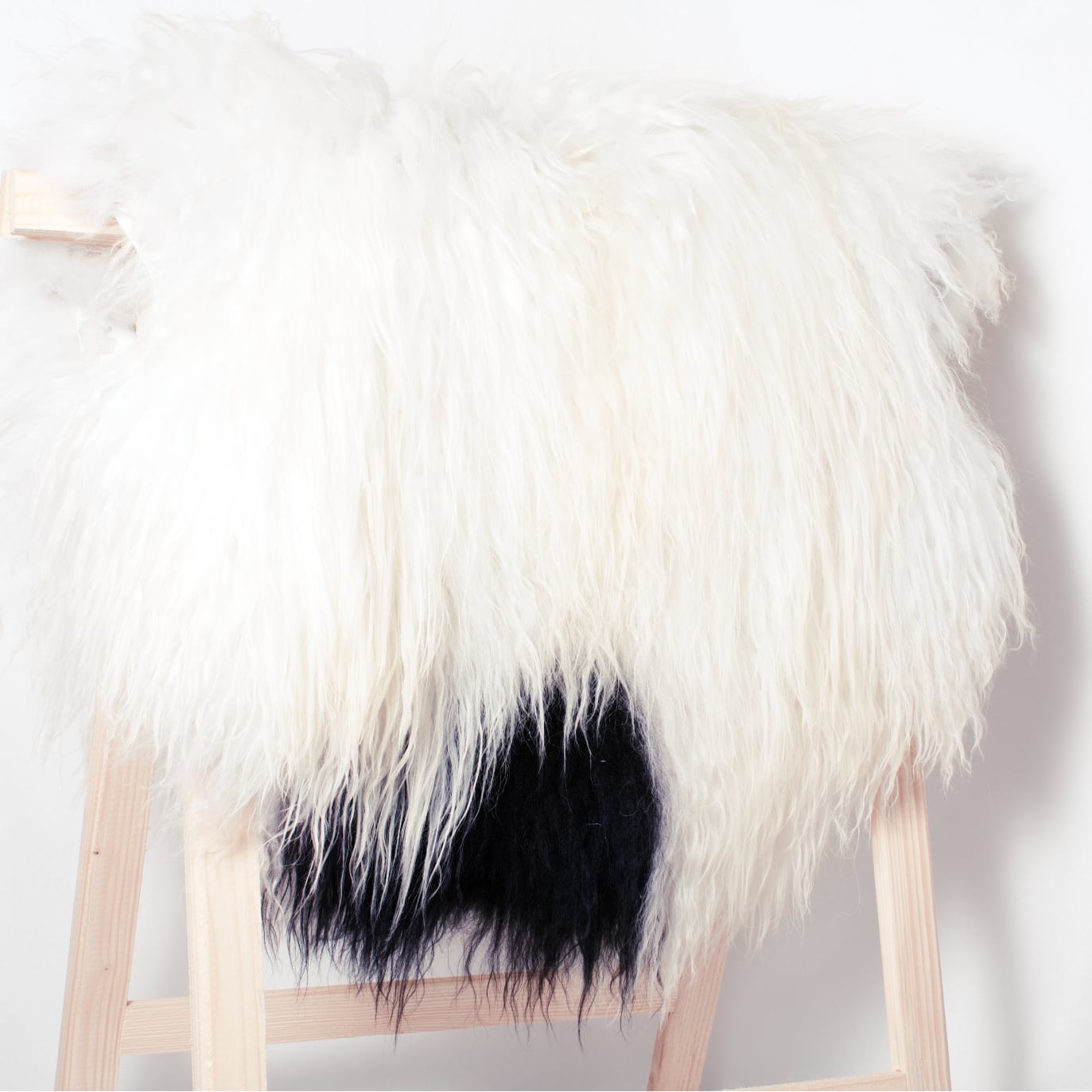Brákareyjar Lambagæra – Náttúruleg hlýja
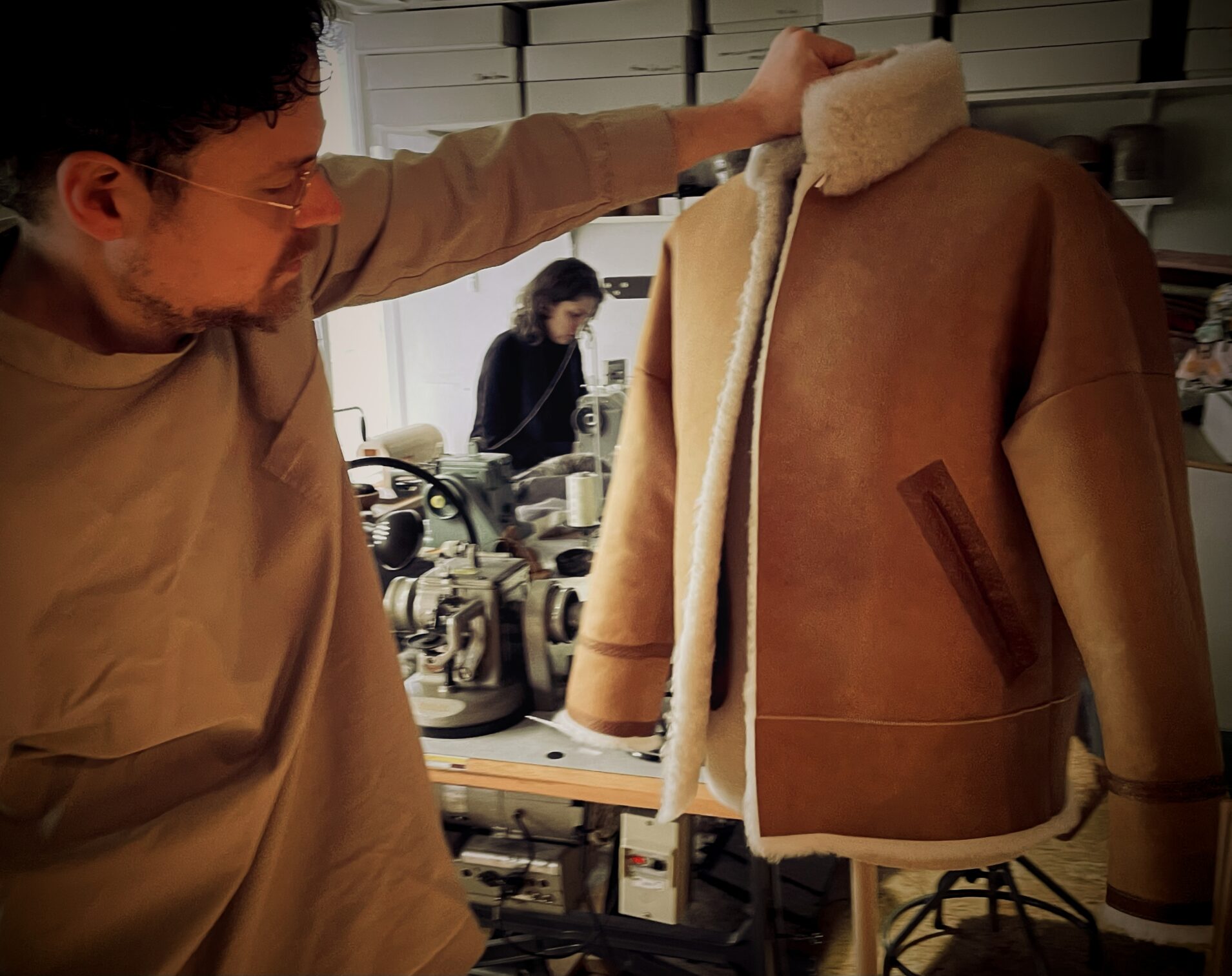
Lambagæra er sígilt og sjálfbært efni sem, með réttri umhirðu, getur enst ævilangt. Margir hafa átt lambagærur sem hafa gengið á milli kynslóða og er hún því sannkölluð fjárfesting í náttúrulegum gæðum. Á tímum þar sem sjálfbærni, handverk og sígild hönnun er sífellt að fá meiri athygli og áhuga, skarar lambagærur fram úr sem einstakur valkostur fyrir hönnuði og skapandi aðila.
Vegna fallegu áferðar sinnar, hlýju og fjölhæfni hefur lambagæran heillað bæði fata- og innanhússhönnuði um aldir. Þessi náttúrulega aukaafurð er ekki aðeins fengin á siðferðislega hátt heldur sameinar hún einnig glæsileika, notagildi og endingu. Hvort sem um ræðir tískufatnað eða hlýleg heimilishúsgögn, þá gefur lambagæran hönnuninni bæði fágun og þægindi.
Við hjá MaterialNord bjóðum upp á fyrsta flokks handunnar lambagærur frá Brákarey, litlu fyrirtæki í eigu þriggja bænda á Vesturlandi. Hvert skinn er sútað í Svíþjóð með vistvænni aðferð sem fylgir ströngustu umhverfisreglum landsins. Ólíkt hefðbundnum nútíma aðferðum sem nota sterk kemísk efni til að flýta sútunarferlinu niður í einungis tvær vikur, þá tekur okkar umhverfisvæna ferli yfir þrjá mánuði. Það tryggir náttúrulega, hágæða áferð á lambagærunni án þess að skerða sjálfbærni. Útkoman er ótrúlega mjúk, endingargóð lambagæra sem endurspegla siðferðislegt handverk og sígilda fegurð.
Einstakt hráefni til að skapa verk sem sameina hefð og nýsköpun. Með einstaka eiginleika sína—öndun, einangrun og endingu—er lambagæra ómissandi í bæði fata- og innanhússhönnun. Fangaðu hinn sanna skandinavíska stíl með ekta íslenskri lambagæru sem gefur hverju rými og hverri flík hlýju, mýkt og þægindi.
Sheepskins from Brákarey - Naturally warm Sheepskin is a timeless and sustainable material that, when properly cared for, can last a lifetime. Many cherish sheepskin pieces that have been passed down through generations, making them a true investment in quality. As sustainability, craftsmanship, and timeless fashion gain appreciation, sheepskin stands out as an exceptional choice for designers and makers. Renowned for its luxurious texture and versatile functionality, sheepskin has captivated fashion and interior designers for centuries. This natural by-product is not only ethically sourced but also embodies both elegance and durability. From fashion pieces to cozy home accessories, sheepskin effortlessly enhances any creation with sophistication and comfort. At MaterialNord, we take pride in offering premium, farm-crafted sheepskins sourced from Brákarey, a small company owned by three dedicated farmers in Iceland. Each sheepskin is tanned in Sweden using an eco-friendly process that follows strict environmental regulations. Unlike conventional methods that rely on harsh chemicals to speed up tanning to just two weeks, our process takes over three months—ensuring a natural, high-quality finish without compromising sustainability. The result? Luxuriously soft, durable sheepskins that embody ethical craftsmanship and timeless beauty. Our selection allows designers to craft stunning pieces that merge tradition with innovation. Sheepskin’s unique properties—breathability, insulation, and durability—make it an essential element in both fashion and interior design.
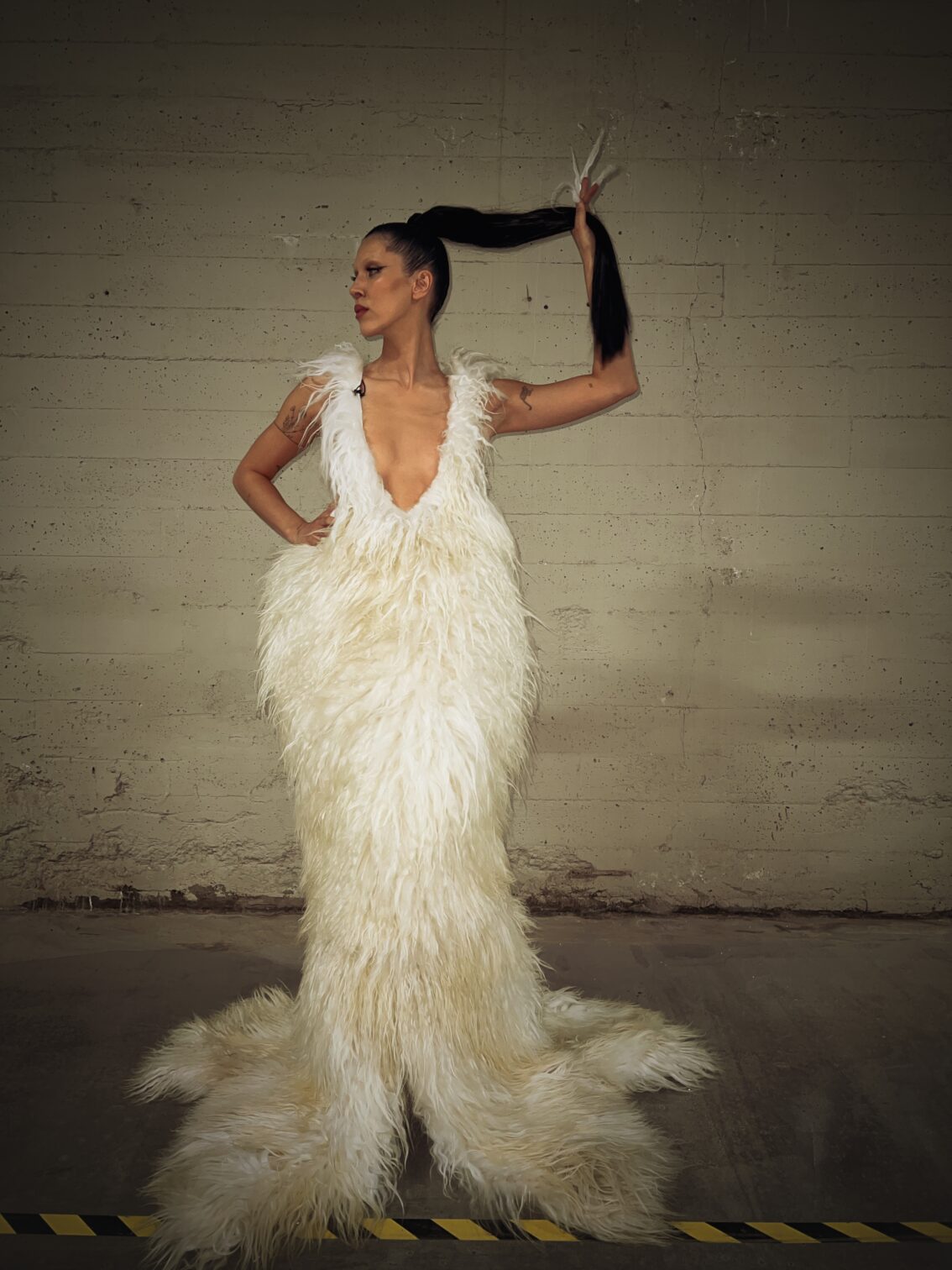
Litirnir
Engin ull er eins! Hver sauður hefur sinn einstaka feld. Í meira en 1000 ár hefur íslenska veðráttan mótað ullina í ótrúlega náttúrulega vörn gegn óblíðum aðstæðum.
Allar lambagærur eru einstakar frá náttúrnnar hendi og hafa sinn sjarma. Litir íslensku lambagæranna eru náttúrulega breytilegir, en um 87% af íslenska stofninum í dag er hvítur þar sem það er ríkjandi erfðaeiginleiki. Gráleitur litur er hins vegar afar sjaldgæfur og finnst aðeins á um 2% íslenskra kinda, sem gerir hann einstaklega sérstakan og áhugaverðan.
Ullin er klippt í mismunandi lengdir. Lambagærur með löngum ullarhárum eru óklipptar en það gefur þeim hrátt og náttúrulegt útlit. Klipptu lambagærurnar eru með styttri ullarhárum sem gefur fágaðan, norrænan blæ en hárin eru klippt í annaðhvort 18 mm eða 35 mm lengd.
Við bjóðum upp á algerlega náttúruleg og ólituð skinn sem halda sínum upprunalegu litum og einkennum. Einnig bjóðum við upp á fjölbreytt úrval af lituðum lambagærum. Þar sem íslensk lambagærurnar eru að mestu leyti hvít, eru þau fullkomin fyrir litun.
- Lambagæra með 18 mm ullarlengd
- Lambagæra með 35 mm ullarlengd
- Skrautgærur með fullri ullarlengd
- Litaðar lambagærur með rúskinnsáferð eða glansandi leðuráferð (mokkaskinn), eða litaðri ull
Colours No wool is the same! Every sheep has its own unique fleece and charm. For over 1,000 years, the Icelandic climate has shaped the wool into an incredible natural shield against harsh conditions. The Icelandic sheepskin comes in variation of naturally unique colors, yet about 87% of the national flock today is white because it is the genetically dominant color. The natural grey sheepskin colour is only found on 2% of the Icelandic sheep, therefore a rare and interesting colour. The wool is cut in different lengths and the colors vary naturally. The longer wool sheepskins are actually uncut, they have a rustic and natural look and the hairs can be 15-20 cm long. The short wool has a Nordic and elegant look to it, they are cut in either 18mm or 35mm lengths. We offer completely natural and un-dyed hides retaining their original markings and colour. We also offer a range of dyed sheepskins. As most of Icelandic sheepskin is white by nature, which makes it ideal for colouring. - Skins, 18 mm hair length - Skins, 35 mm hair length - Decorative skins, full hair length - Dyed skins, suede finish or glossy leathery finish, or wool-dyed finish
